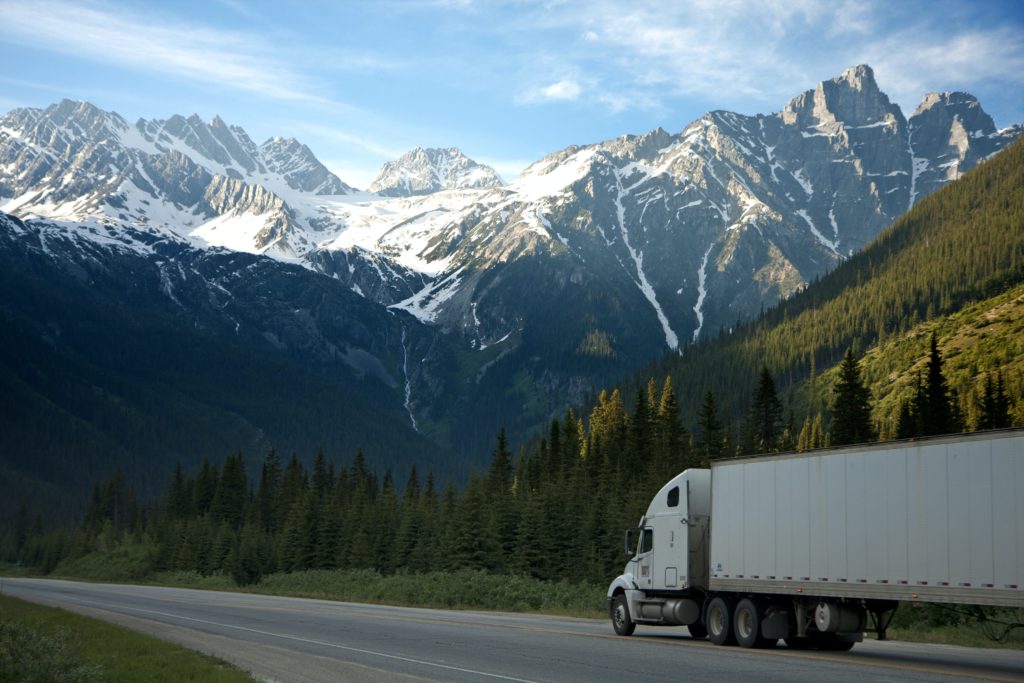1987 PETERBILT 359
Originally designed for the picky owner-operator seeking a vehicle that could handle the rigors of long-haul transportation, the 359 Peterbilt is one of the most popular large rig models available. In terms of Peterbilt’s typical highway trucks, the 1987 Peterbilt 359 was their most powerful model. It was the most sought-after vehicle of its day. Peterbilt has produced various outstanding vehicles throughout the years, but this model was important in establishing Peterbilt as the industry leader it is today.
The Peterbilt 359 was manufactured between 1967 and 1987 by Peterbilt. It was the company’s first long-hood truck, and it gained a devoted following as a result. The 359 Peterbilt was exactly what a heavy truck should look like back in those days. It was massive, long, low, and mighty. These vehicles, on the other hand, were not without their problems. Many of them had a tough time…so rough that after a period, their body rivets would come loose, causing the panels to move about and scrape the paint off.
Performance and Fuel Economy
The 379 was fitted with the most powerful engines available in Class 8 on-highway trucks throughout its existence. In addition to Caterpillar’s 3176, C-11, C-12, C-13, C-15, C-16, and the 3406-B (EWS), Cummins’ ISM, ISX, ISMe5, and Signature 600 engines, Detroit Diesel’s 60-series turbodiesel engines were also listed.

PACCAR‘s Peterbilt subsidiary manufactured Class 8 vehicles under the Peterbilt 379 model name from 1987 until 2007. The 379 was Peterbilt’s top-of-the-line conventional-cab truck, succeeding the 359 as the company’s flagship for
highway usage. Weighing vehicles is critical because it keeps dangerously overweight trucks off roads that can’t sustain their weight. Unsafe and unrepairable damage to roads and bridges may be caused by heavier trucks than the legal weight limit. Weight-based tariffs are common in many jurisdictions when it comes to transporting products.
Design, Comfort, and Quality
The engine compartment of a 1987 359 was huge. Customers may choose almost any engine and gearbox combination they want. The ability to customize these trucks for logging, production, and any other kind of specialty hauling was a major benefit. This was an ideal option for those who wanted a 359 with a 3408 Cat engine. The Spicer 604, the transmission of choice at the time, could be installed in any 359 variants. The long hood, huge breather canisters, towering stacks, and a conspicuous grill are the 359’s distinguishing characteristics.
As a bonus, aluminum is corrosion-resistant, so the bodies of this type have and will continue to survive for a long time. A vehicle with an aluminum body would be much more lightweight. The heavy truck cab and bed and the structure may be ordered entirely out of aluminum if a driver desires the lightest feasible rig. Truckers hauled a lot of heavy cargo, such as produce carriers, and found it particularly useful since it was ‘full-size’ and didn’t weigh much. Due to the steering box and the length of the steering axle, the vehicle has an excellent turning radius. Exceptional resale value. Aside from its outstanding aesthetics, this vehicle’s resale value was out of this world!
Specification
- Engine type: Caterpillar 3406B
1987 PETERBILT 359 Factory Service Manual
The Peterbilt repair manuals go through every aspect of how the vehicle operates. The vehicle’s purchase price includes the service manual for your 1987 PETERBILT 359.
- Safety Restraints
- Instrumentation
- Before Driving
- Starting and Operating
- Vehicle Maintenance
- Specifications
- Capacities
- Servicing
The service manuals for the 1987 PETERBILT 359 are vast and cover every aspect of the vehicle’s operation. Your 1987 PETERBILT 359 service manual is included with the vehicle.
Value of All Sorts
The resale value of these rigs was high, making them an attractive option for both owner-operators and trucking corporations alike. The 1987 Peterbilt 359, for example, is still a great buy even in today’s used-truck market, which is inundated with outdated large rigs. Of 359’s created, only 400 had their serial numbers engraved. These units are very important. If a 359 has one of Peterbilt’s unusual bespoke paint jobs, it will bring in much more money when it goes up for auction. Collectors of huge rigs prize the original 359 units, which have increased in value. Due to their age, these vehicles were ideal for the typical driver who had a basic understanding of mechanics.
An uproar broke out when Peterbilt announced they were retiring the 359 models, and buyers scrambled for the last of the long-hooded trucks. This was an ingenious marketing ploy on Peterbilt’s side. However, what the firm did was enhance the design and quality control of the 359 Peterbilt and effectively made the truck even more impressive. The cab was widened and given greater leg space due to these alterations. A single air-ride system serves as both the cab and the sleeping area for the UNIBILT. The UNIBILT cab significantly improved the vehicle’s ride. As a result, Peterbilt 379 became the start of yet another tale.

